Where does trash go?
The short answer
Trash typically goes through a multi-phase journey: it's first collected and sorted, then processed at various facilities depending on its type. Most waste ends up in landfills, but some is recycled, composted, incinerated for energy, or even exported.
The long answer
What was the last thing you threw away? Maybe it was a candy bar wrapper or a long-expired container of yogurt, a mountain of styrofoam peanuts or an old receipt. An enemy of littering (I hope), you tossed it in the bin.
Now multiply that piece of trash by 8 billion. According to DevelopmentAid, 3,825 tons (~3,700 metric tons) of trash are produced and collected around the world every minute. Fortunately, we have trained professionals* who take on the dirty job of trash collection and processing to keep our communities looking and smelling great.
🚚 Phase 1: Collection and sorting
Once your garbage is picked up from your residence, a truck will haul it over to a transfer station. Usually located far outside of town, the transfer station is where trash is compacted and loaded onto larger trucks to the next destination. Hazardous waste, like batteries or light bulbs, may be sorted out here to ensure they're processed safely.
"Next Stop: Landfill" by Todd Lappin is licensed under CC BY-NC 2.0.
If the transfer station is connected to a Materials Recovery Facility (MRF), the trash will be sorted even more. At MRFs, trash is screened and sorted for any recyclable materials so it can be sent to recycling centers. "Clean" MRFs only accept recycling materials that have been pre-sorted by consumers, whereas "dirty" MRFs accept recycling mixed in with non-recyclable waste.
In addition to manual labor, state-of-the-art MRFs utilize tools like magnets, shredders, and current separators (which distinguish between ferrous and non-ferrous metals) to sort the different types of materials.
"Materials Recovery Facility April 2015 11" by Michael Barera is licensed under CC BY-SA 4.0.
At clean MRFs, more than 90% of incoming materials are successfully sorted and sent off to be recycled. Dirty MRFs have less success, with less than 50% of recyclable materials going on to be recycled.
Separately, if the waste was picked up from dedicated organic compostables bins, it will be collected, compacted, and loaded on to trucks to dedicated organic waste facilities.
🗑️♻️🌿🔥🚢 Phase 2: Processing and treatment
After the trash has been sorted, it will end up at one of a variety of locations to be processed and treated.
Destination #1: Landfill
Landfills are by far the most common place trash ends up. According to the World Bank, ~70% of trash worldwide ends up in some kind of landfill.
"King of the Trash Hill" by Alan Levine is licensed under CC BY 2.0.
The primary goal of a landfill is simple: contain the trash. Most landfills around the world are simply open pits where trash is dumped. In more affluent countries, landfills are designed to minimize the ecological impact of decomposing trash leaching into the groundwater and methane gas releasing into the atmosphere.
Here's how modern landfills work: The landfill is made up of numerous "cells" of trash. Incoming trash gets dumped into an open cell and compacted further to save space.
These cells are made up of layers of trash, plastic, dirt, and clay, some with criss-crossing pipes to collect contaminated fluid. When the cell gets full, it's capped with clay and considered a closed cell.
"LANDFILL" (modified) by FinonaL is licensed under CC BY-SA 4.0.
While the primary goal of a landfill is to store waste, some modern landfills also capture methane to be used for power. In Santa Barbara County in California, one landfill captures enough gas to power 2,500-3,000 homes a day.
Destination #2: Recycling center
Recycling facilities sort materials by type so they can be sent off to specialized processing plants to be turned into new products. About 13.5% of the world's trash gets recycled, according to the World Bank.
"Montgomery Recycling Center" by Richard Lippenholz is licensed under CC BY 2.0.
Cardboard and paper sorted using fans and rotary separators are sent to paper mills. Steel, iron, and aluminum are separated using magnets and sent off to foundries to be melted down. Glass is crushed, separated by color using optical sorters and/or manual labor (different colored glass has to be recycled separately), and sent off to a glass plant.
Plastics are sorted by type (since some are easier to recycle than others) and then ground up or melted down at plastic recycling facilities. Due to plastic's dominance as a material, we've barely recycled any of it. According to a 2015 study, we have only recycled 9% of the 9.1 billion tons (8.3 billion metric tons) produced since the introduction of plastic in the 1950s — the remaining material has either been incinerated (12%) or buried in a landfill or dumped in the natural environment (79%).
If you want to learn about what products are made using recyclable materials, check out this past article I wrote on what our recyclables become.
Destination #3: Compost or anaerobic digestion center
Organic materials, like food scraps and yard trimmings, may find their way to either a composting site or anaerobic digestion center. Composting is the decomposition of organic materials using oxygen and microorganisms. Anaerobic digestion does the same, just without the oxygen.
Composting is ideal when space and time are not constraints since the process requires a lot of both. It's also preferred if your desired end product is compost to be used to enrich soil on farms and gardens. Around 5.5% of the world's trash gets composted.
"Finished Municipal Compost for Resale at Recology's Facility" by Ckgurney is licensed under CC BY-SA 3.0.
Anaerobic digestion requires less space than composting and is typically used for large-scale organic waste, such as animal manure, sewage biosolids, and food waste from facilities like universities and farms. The waste gets mixed with bacteria and broken down in a sealed vessel, which makes the process odorless.
"Anaerobic digesters overhead view" by Vortexrealm is licensed under CC BY-SA 2.5.
After the process is complete, you're left with biogas and digestate. The biogas, mostly comprised of methane, can be used as natural gas or to generate electricity in nearby communities. And the digestate is an organic material that can be used for fertilizer, animal bedding, and soil.
Destination #4: Waste-to-energy plant
Around 11% of trash gets burned, particularly in high-income and land-constrained countries. Interestingly, modern incineration done at waste-to-energy plants is more environmentally friendly than landfills.
At a waste-to-energy plant, trash gets burned in boilers at temperatures reaching 1,832°F (1,000°C). The heat created from the fire generates electricity via steam turbines. Smoke gets filtered through state-of-the-art filters to capture most of the hazardous fumes before being released into the air. Finally, magnets run through the ash to separate out any recyclable metals and the ash gets deposited in a landfill or re-used to create materials like cement.
Source: Waste-to-Energy Facts
Although waste-to-energy plants emit carbon dioxide and destroy some recyclable materials, they offer environmentally benefits due to the significant amount of energy they generate. In Istanbul, a waste-to-energy plant creates enough energy each day to fulfill the daily energy needs of 1.4 million people. Additionally, the process dramatically reduces the space of trash in landfills by up to 90%.
Destination #5: Exports
Some of your trash may get sold and shipped off to another country. This typically happens when domestic recycling facilities can't keep up with an overwhelming amount of waste, particularly plastic. Around 2% of the world's trash gets exported.
Source: rePurpose
According to 2020 UN Comtrade data, the top three plastic waste exporters are:
Germany: Exporting ~854 million kg annually to the Netherlands, Poland, Austria, Switzerland, Turkey, and Malaysia.
Japan: Exporting ~821 million kg annually to Malaysia, Vietnam, Thailand, and Korea.
United States: Exporting ~625 million kg annually mostly to Canada, as well as Mexico, Malaysia, Vietnam, India, Hong Kong, and Indonesia.
While supporters of the global waste trade claim that it helps lower income countries improve their economic standing, critics argue that some importing countries may lack the infrastructure to safely process toxic materials, which can negatively impact the safety and health of local populations.
🧠 Bonus brain points
How is e-waste recycled?
Recycling electronics is far more complicated than traditional recycling. E-waste is often intricately built using many different types of materials, some of which are hazardous, like lead, cadmium, and beryllium.
I took a picture of my 17-year-old printer's final resting place, an e-waste collection point, after I was unable to fix it this past spring. RIP.
E-waste needs to be collected at a special location so it can be manually sorted by type of device. Electronics may be examined to determine if some or all of the parts are still functional so they can be re-used. After sorting, e-waste needs to be disassembled by skilled workers and hazardous materials isolated for special treatment, like printer toner which is highly flammable.
The dissembled e-waste will then be processed in a shredder and sorted by material, like traditional recycling. According to Statista, only 22% of the world's e-waste was recycled in 2022.
* Side note: I couldn't remember the name of Oscar the Grouch, so I had to google "trash elmo" to jog my memory.
Curious about how the world works?
Today You Should Know is a free, weekly email newsletter designed to help you learn something new every Friday.
Subscribe today 👇
Check out some other curious questions:
Sources
Budget Dumpster. (n.d.). Where Does Garbage Go?. Budget Dumpster. https://www.budgetdumpster.com/resources/where-does-trash-go.php
Chomp. (n.d.). Anaerobic Digestion vs. Composting: Choosing the Best Organic Waste Management Method. Chomp. https://www.chomp.energy/blog/post/anaerobic-digestion-vs-composting-choosing-the-best-organic-waste-management-method
The County of Santa Barbara. (n.d.). What Happens to Trash?. Less Is More. https://lessismore.org/materials/177-what-happens-to-trash/
Environmental Protection Agency. (2024, December 31). How Does Anaerobic Digestion Work?. EPA. https://www.epa.gov/agstar/how-does-anaerobic-digestion-work
Farnsworth, T. (2020, August 25). A Look Inside a Recycling Plant – How Your Items Get Sorted and Recycled. Recycle Nation. https://recyclenation.com/2020/08/a-look-inside-a-recycling-plant-how-your-items-get-sorted-and-recycled/
Filipenco, D. (2025, August 15). World waste: statistics by country and brief facts. DevelopmentAid. https://www.developmentaid.org/news-stream/post/158158/world-waste-statistics-by-country
Geyer, R., Jambeck, J. R., & Law, K. L. (2017). Production, use, and fate of all plastics ever made. Science Advances, 3(7). https://doi.org/10.1126/sciadv.1700782
Guberman, R. (2021, July 19). What is Waste-to-Energy?. Recycle Track Systems. https://www.rts.com/blog/what-is-waste-to-energy/
Hometown Waste & Recycling Services Inc. (2025, January 25). Where Does Your Trash Go?. Hometown Waste & Recycling Services Inc. https://hometownwastenj.com/where-does-your-trash-go/
Interesting Engineering. (2022, June 3). How To Turn Waste Into Electricity. YouTube. https://www.youtube.com/watch?v=94Qqzbz7hZE
Lui, B. (2019, April 16). US Waste Exporting Explained. rePurpose Global. https://repurpose.global/blog/post/us-waste-exporting-explained
McDonald, J. (2023, June 9). What Really Happens at Waste Transfer Stations. Dumpsters.com. https://www.dumpsters.com/blog/waste-management-transfer-stations
Statista. (2024, May 6). Global e-waste - statistics & facts. Statista. https://www.statista.com/topics/3409/electronic-waste-worldwide/
Waste-to-Energy Facts. (2020, April 22). How it works - Waste-to-Energy. YouTube. https://www.youtube.com/watch?v=O9pwV3JoqwA
World Bank Group. (2018, August 31). Trends in Solid Waste Management. The World Bank. https://datatopics.worldbank.org/what-a-waste/trends_in_solid_waste_management.html
World Economic Forum. (2023, March 15). Charted: The key countries that trade in global plastic waste. World Economic Forum. https://www.weforum.org/stories/2023/03/charted-the-flow-of-global-plastic-waste/
Wu, T. L. (2023, October 14). What Is E-Waste Recycling and How Is it Done?. Earth.Org. https://earth.org/what-is-e-waste-recycling/


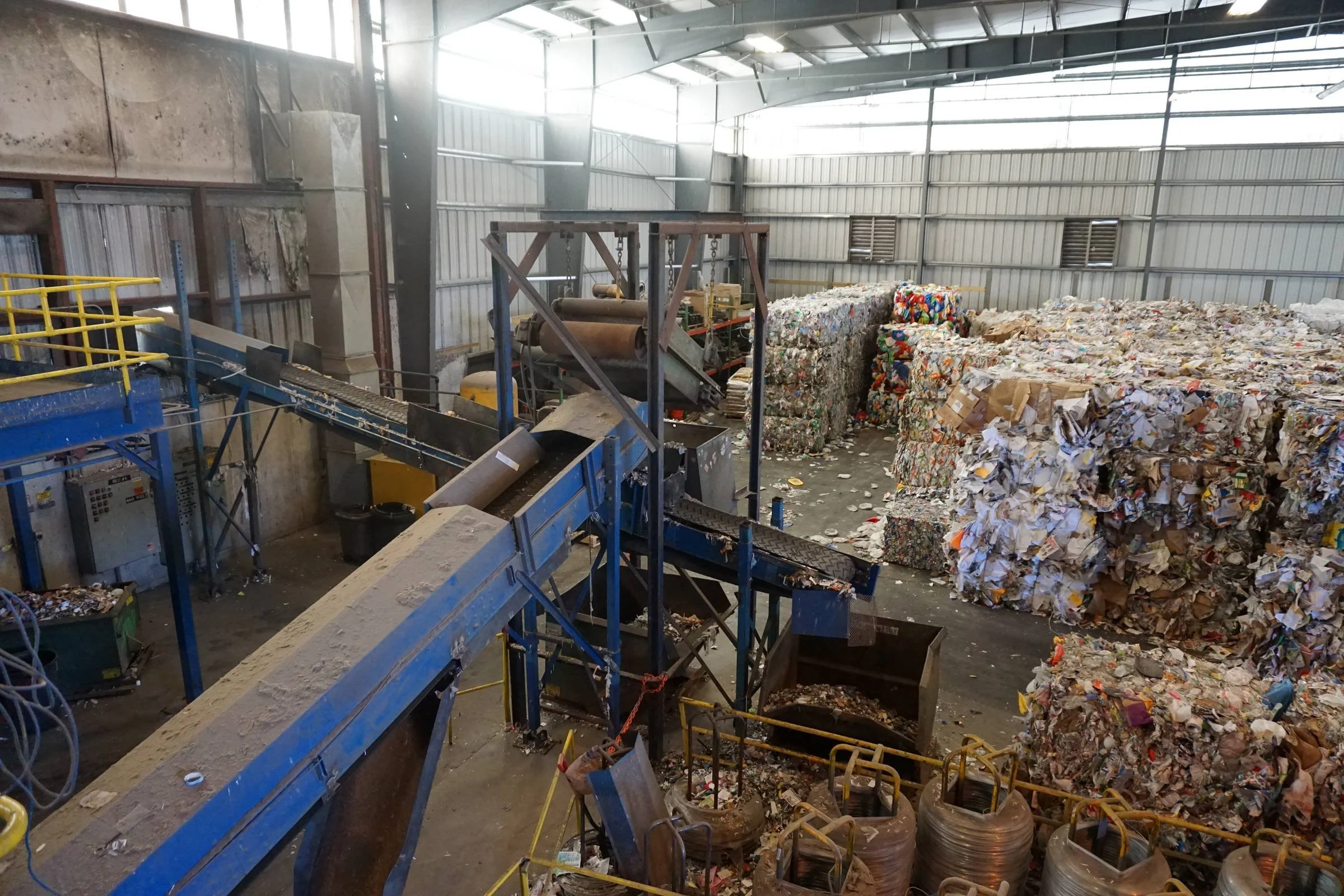



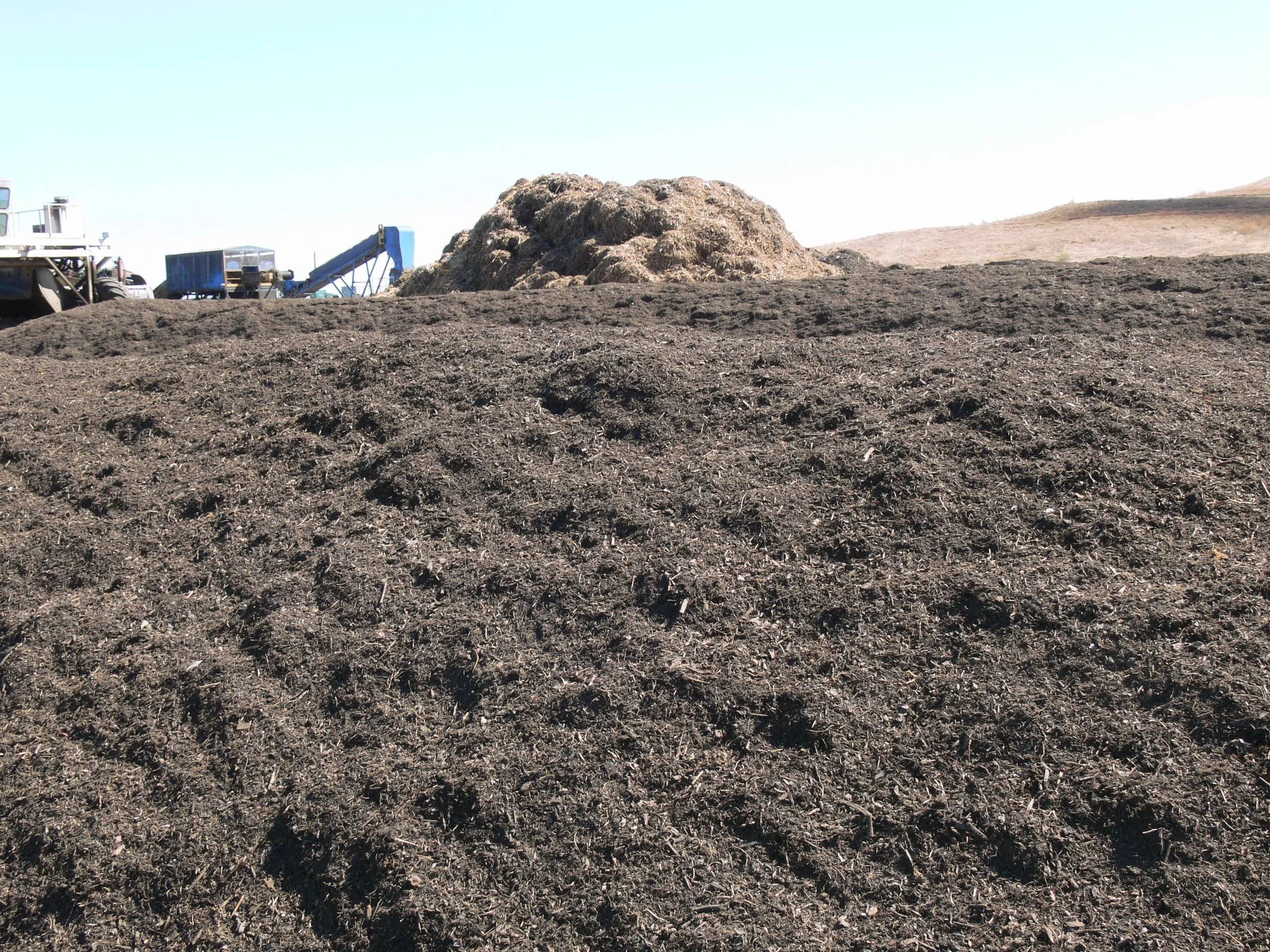
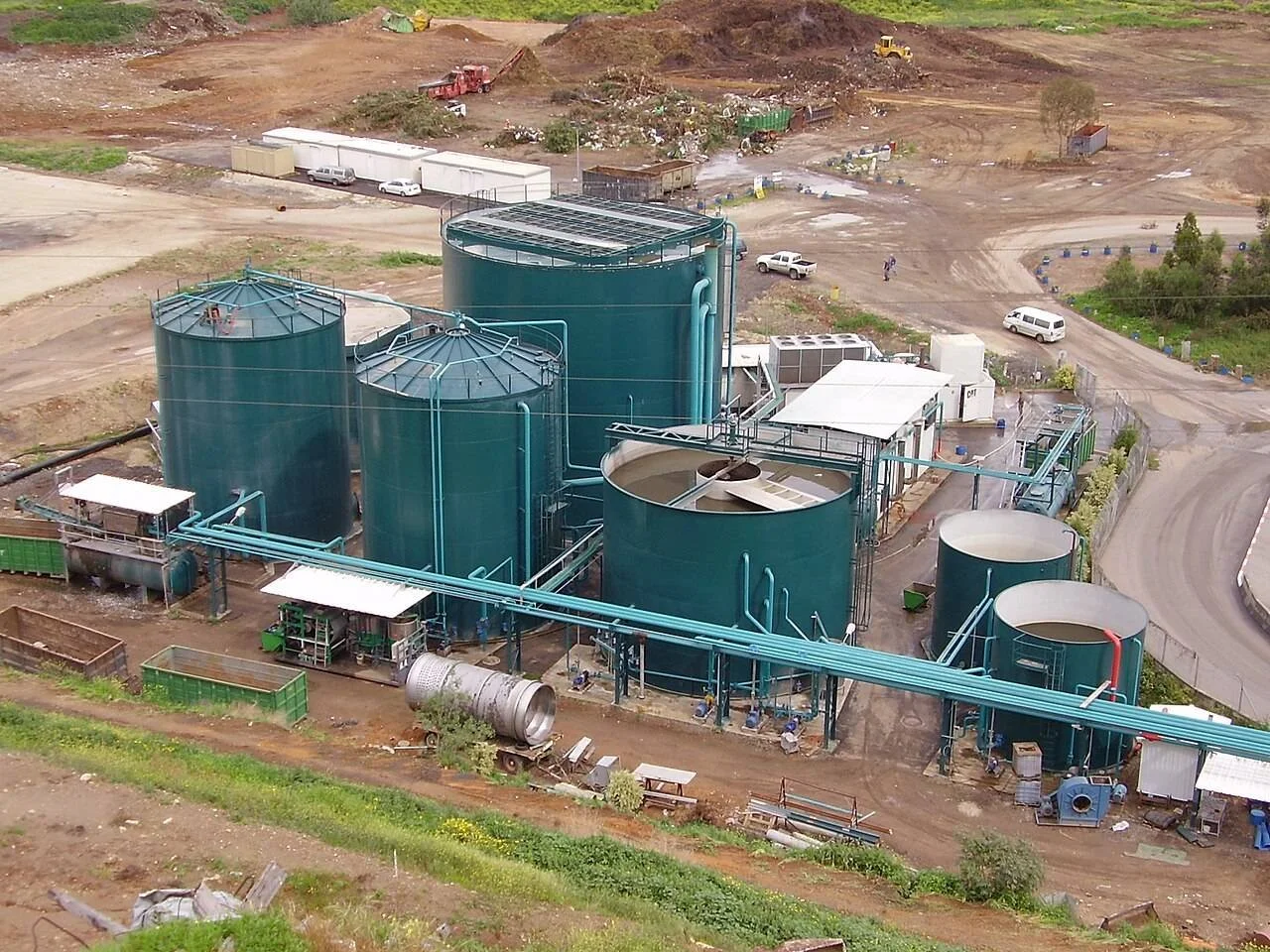

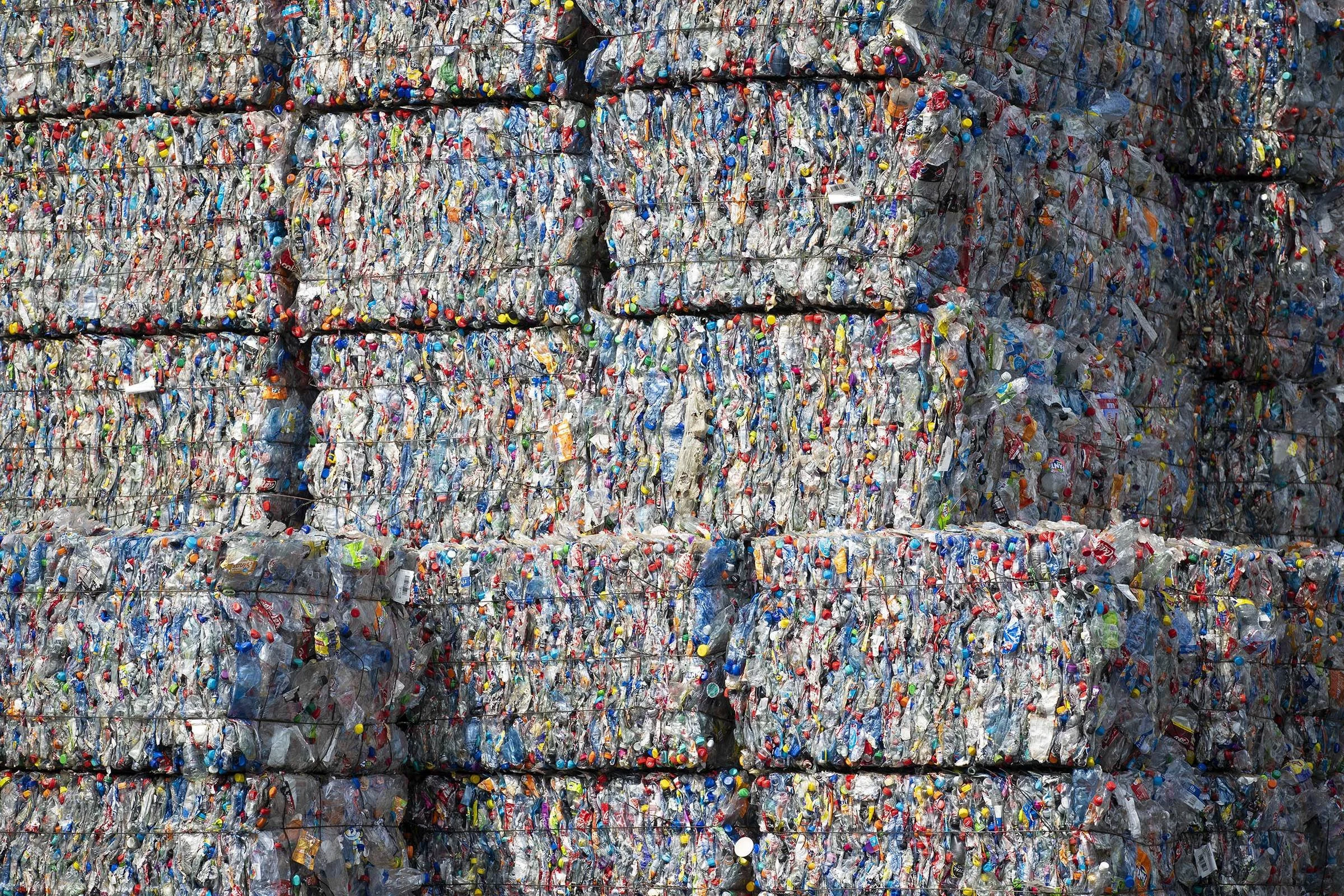
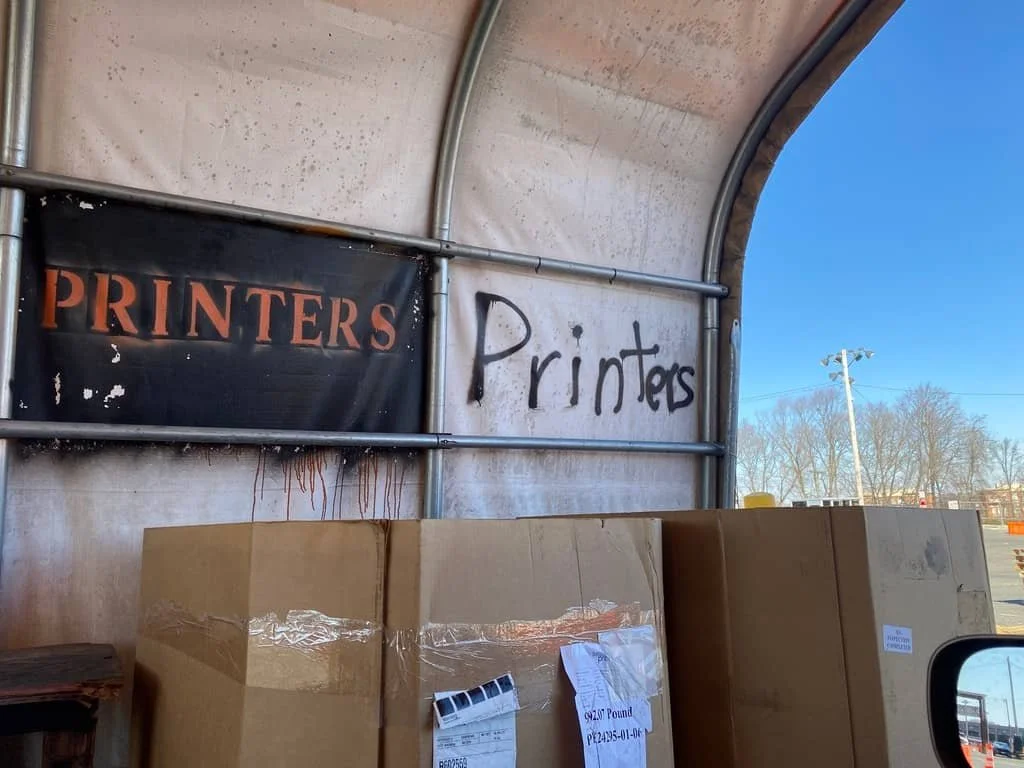



It’s like an American accent but with calendars.